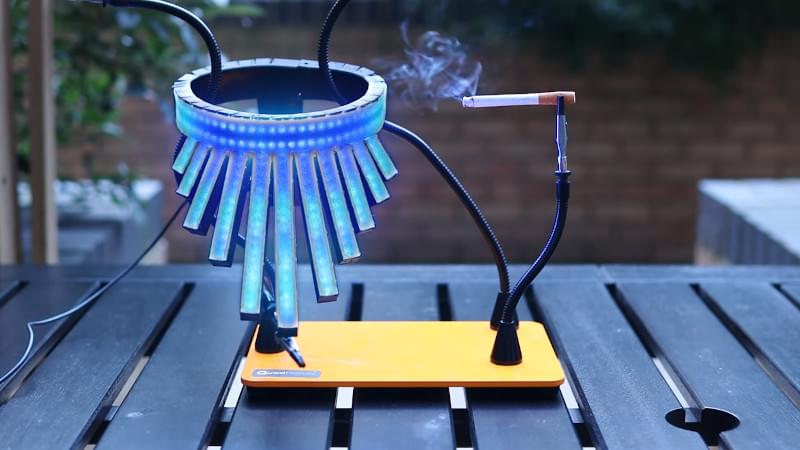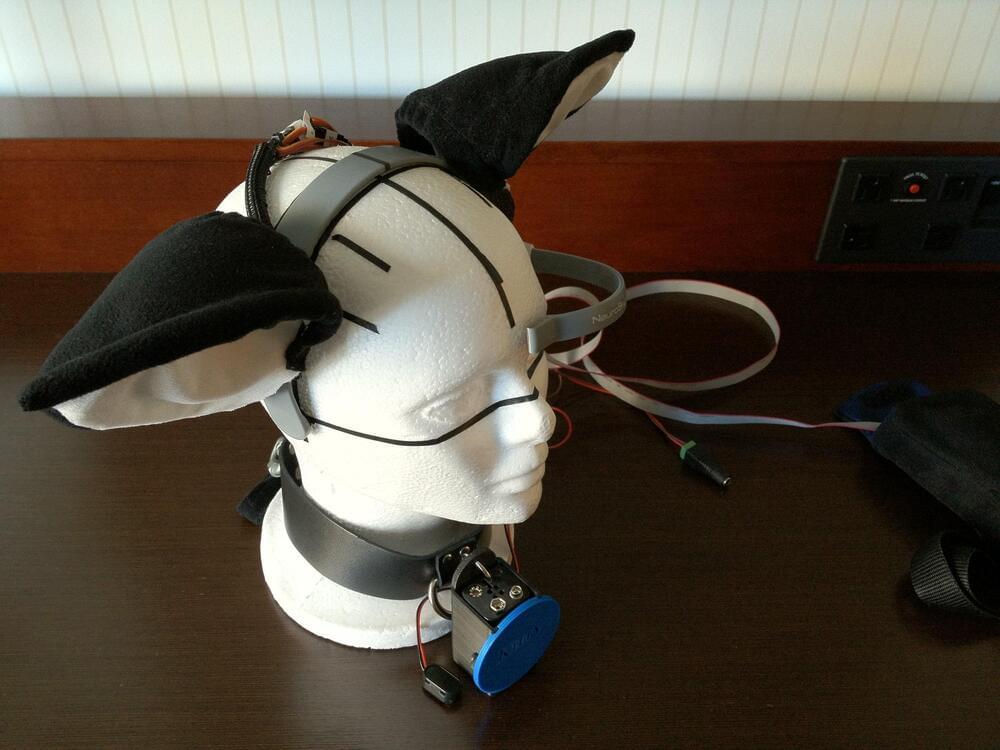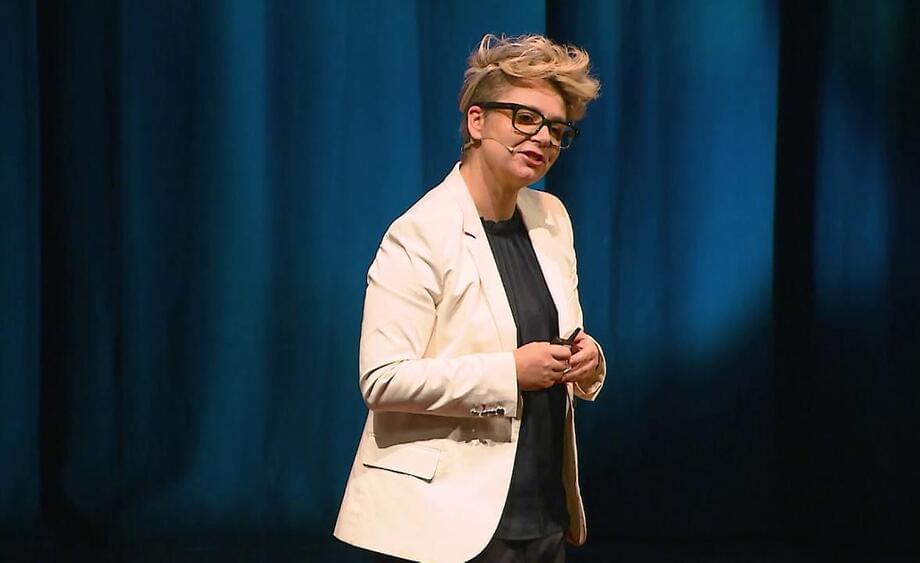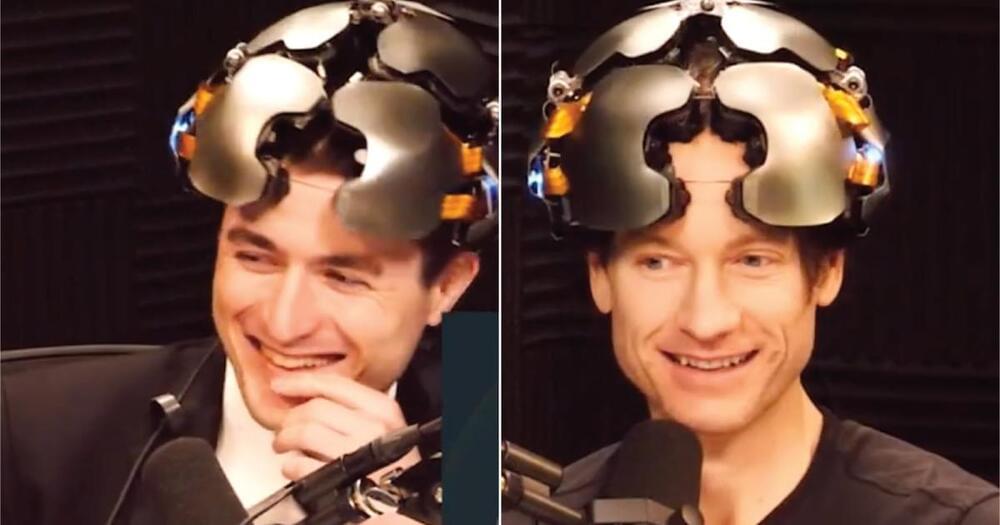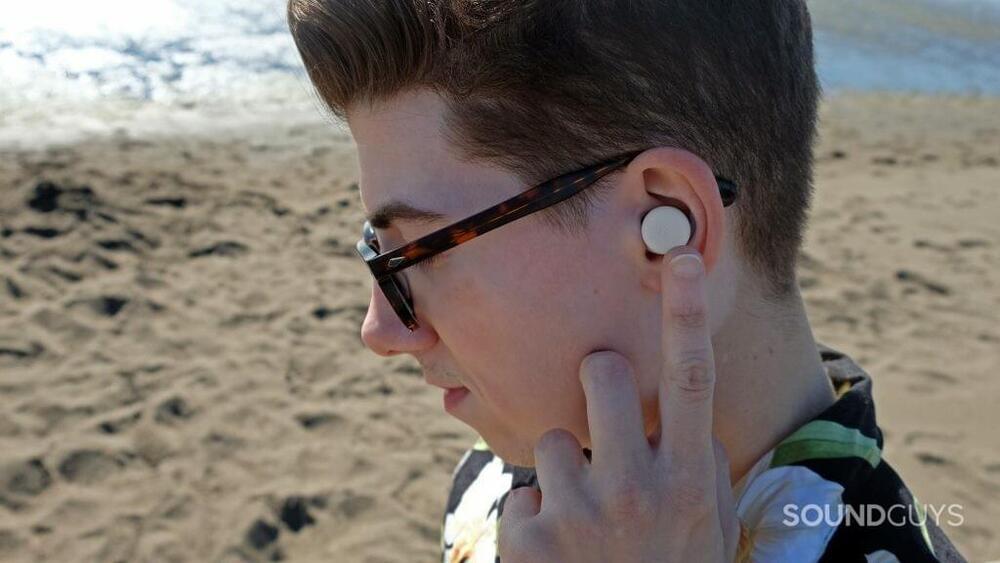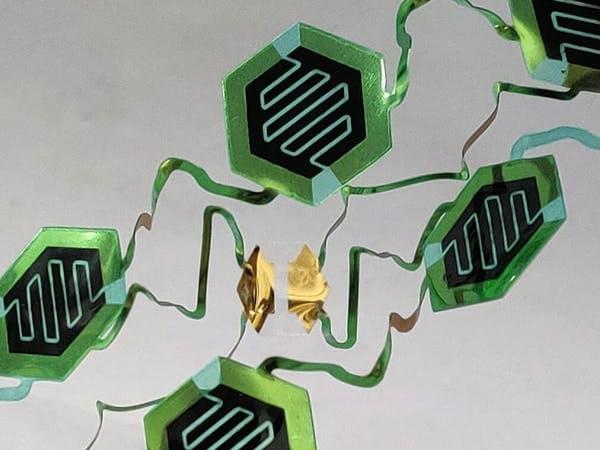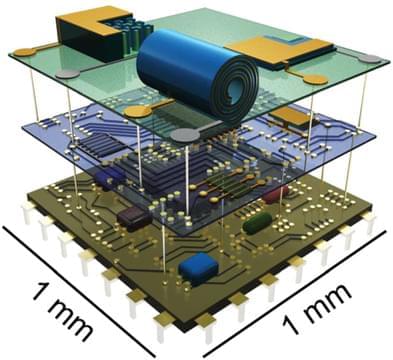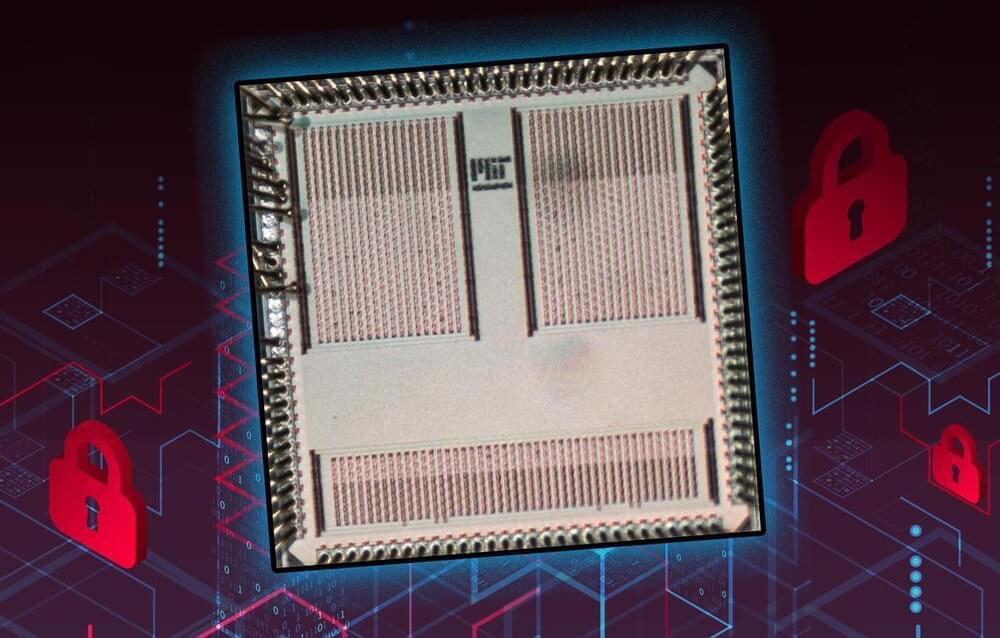Mar 24, 2022
Breathe Easy With This LED Air Sensor Necklace
Posted by Shubham Ghosh Roy in categories: energy, internet, wearables
When you’re building wearables and glowables, sometimes a flashy rainbow animation is all you need. [Geeky Faye] likes to go a little further, however, and built this impressive necklace that serves to inform on the local air quality.
The necklace consists of a series of Neopixel LED strips, housed within a tidy 3D printed housing made with flexible filament. A dovetail joint makes putting on and removing the necklace a cinch. A TinyPico V2, based on the ESP32, runs the show, as it’s very small and thus perfect for the wearable application. A USB power bank provides power to the microcontroller and LEDs.
Continue reading “Breathe Easy With This LED Air Sensor Necklace” »
